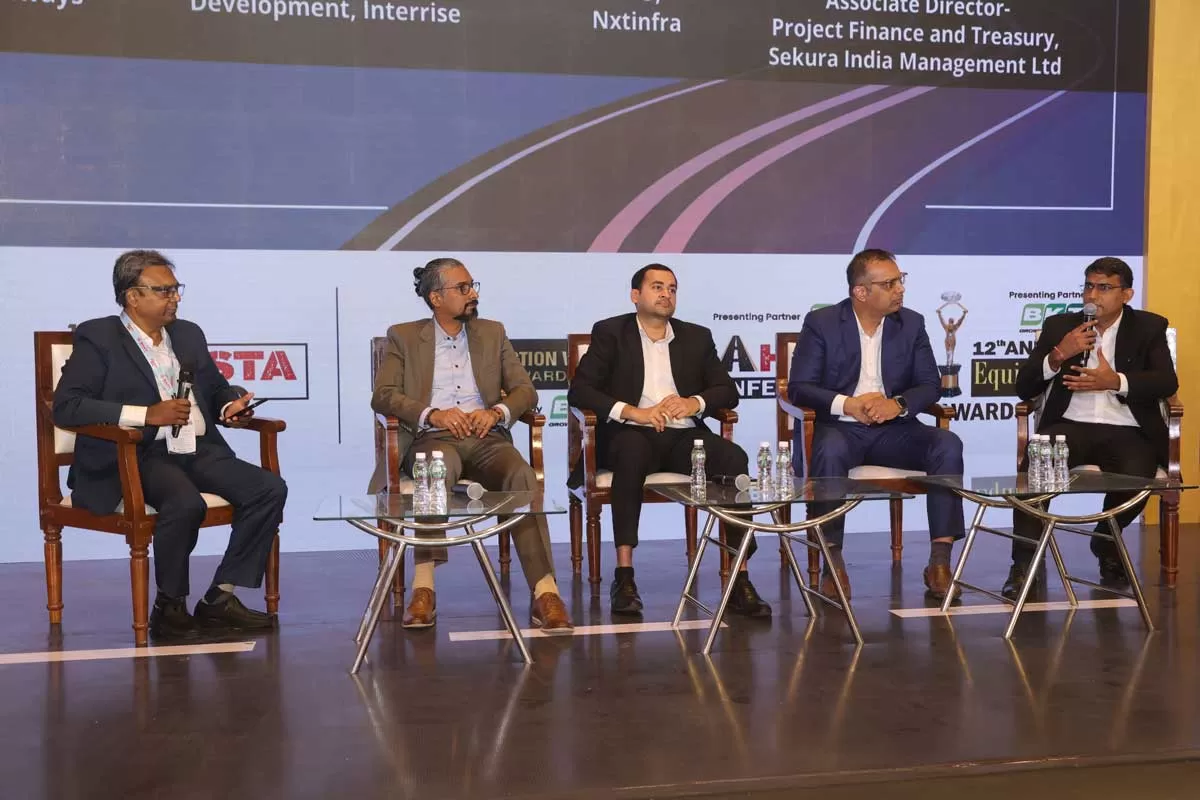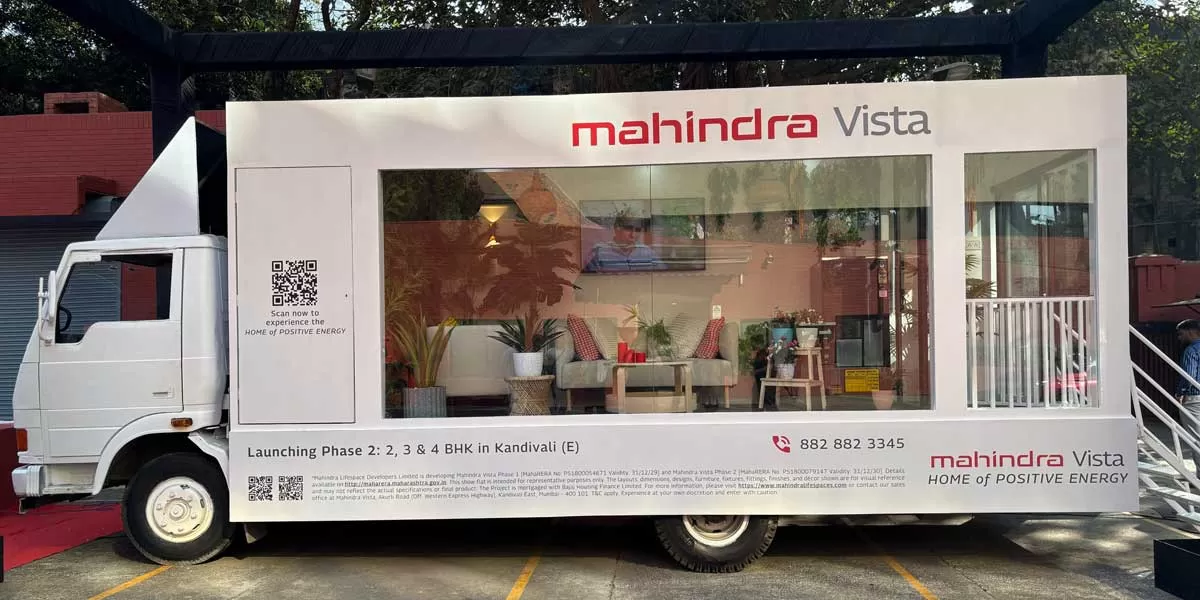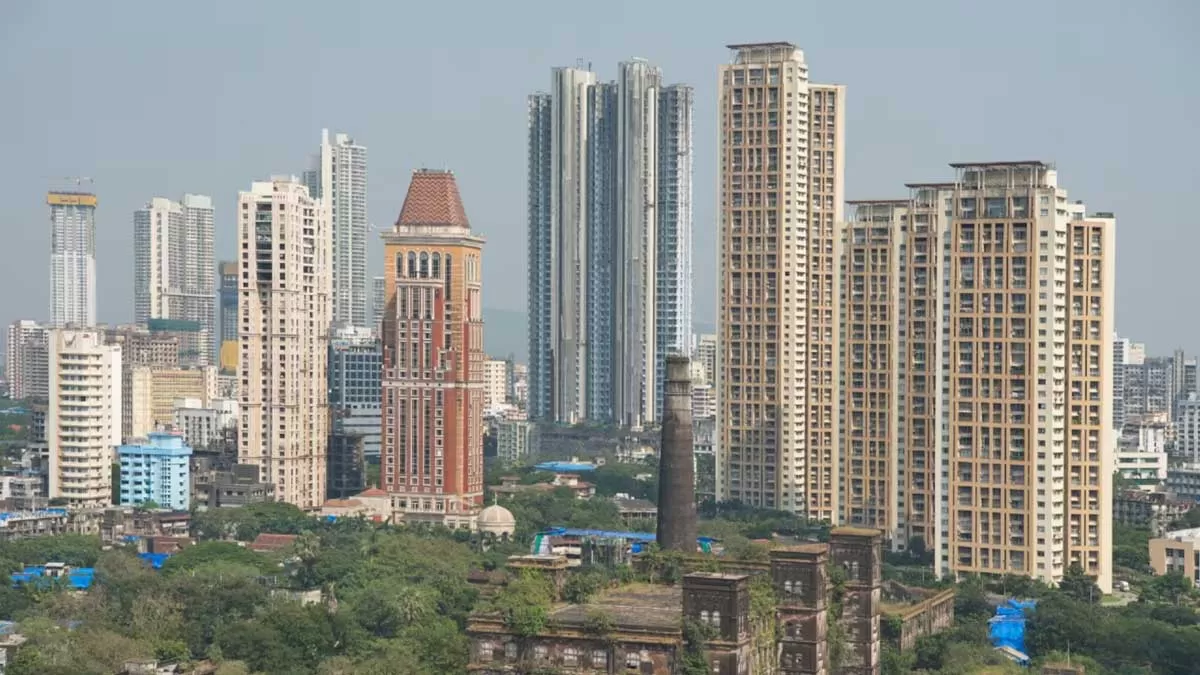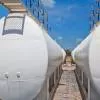India’s road network has grown
59 per cent to become the second largest in the world in the last ten years. National highway construction in India increased at 9.3 per cent CAGR between FY16-FY24. With the government’s continued focus on infra-led growth, construction equipment (CE) industry is also witnessing robust demand. In fact, in FY24, the industry witnessed about
26 per cent growth compared to previous year.
Ranjan Sharma, Senior Director – Large Corporate Ratings, CareEdge Ratings, states, “There has been a significant focus of the Union government on infrastructure development in the country, as a result almost all segments like roads, ports, bridges, etc. are doing well. If one looks at performance of the top 18-20 listed EPC companies, their order books have been consistently growing YoY basis. Road construction pace in India in FY24 was one of the highest (i.e. 34 km per day compared to 28 km per day in the previous year), as large number of projects were awarded in the preceding two years. In FY24, the CE industry, which plays pivotal in infrastructure development, grew by 25 per cent (in terms of unit sold) led by earthmoving, material handling, as well as road CE.”
Growth multiplier
Explaining the driving force behind CE industry, Sandeep Singh, Managing Director, Tata Hitachi Construction Machinery Company, says, “Road construction, mining, housing, and the Har Ghar Jal Yojana are the main growth drivers. However, this year, heavy rains and elections led to stagnation in growth. Mining is growing as it has been privatised. Overall, we are looking at an average growth rate of 10-15 per cent over the next five years.”
Today, everybody across the
world is eagerly watching India’s unfolding growth story. Driven by solid automotive sales, Indian auto component industry is eyeing to grow from the current $20 billion to $100 billion in the next six years. Similarly, Indian Construction Equipment Manufacturers’ Association (ICEMA) has set an ambitious target of $25 billion by 2030 (from the current $9.5 billion) for the Indian construction equipment industry.
According to Vipin Sondhi, Chairman, RAHSTA Expo Committee, CE manufacturers in India should work on seven-point agenda for building a strong industry. “The industry should raise the ambition bar higher (think global and build big brands), be obsessed with total quality, build scale, focus on R&D and innovations, strengthen the domestic supply chain, adopt Industry 4.0 and digitalisation, and invest in people to propel the industry’s growth forward,” he says.
India spends 0.5 per cent of GDP on R&D, while developed countries on an average spend 2.5 per cent of the GDP. Hence, to maintain market dominance and strengthen exports, CE makers will have to focus on innovation. Attracting young talent will also be crucial for CE manufacturing to propel growth. “If younger generation understands that technology is the driving force in manufacturing, and then they will be attracted to the sector,” says Sondhi.
Global CE makers are using domestic arm to not just serve India but also the global market. ICEMA has set the target of $ 3 billion CE exports by 2030, which can be easily achieved considering the fact that India exported CE worth $ 0.5 billion in FY24. Dimitrov Krishnan, MD, Volvo CE India, adds, “Exports have doubled in the last two years. This growth is happening both in CE as well as components market, particularly in the fabrication industry. I think it’s only positive. The fact that we are the third-largest market in the world, and poised to become the second-largest, will definitely attract the scale required for construction equipment. Globally, the CE market is about 1.2 million machines across all product types, so the export opportunity is high. Every brand is looking forward to investing in India, and more than 30 countries are receiving machines from India today.”
With environmental concerns growing, CE are also gearing up to help construction companies (or project developers) minimise their carbon footprint. Sustainability will get further push with the implementation of stage 5 emission standards for CE vehicles (CEVs) in India, which will take effect on January 1, 2025. Shalabh Chaturvedi, MD for India and SAARC region, CASE Construction Equipment, says, “The Indian CE industry is moving towards the one of the most stringent emission norms (Stage 5) in the world. To enable adherence to upcoming emission standards, supply chain also needs to be geared up. Many CE OEMs are extending sustainability targets to their suppliers as well.”
Aiding sustainability
As emission standards become stringent, the construction equipment would require high quality components to fulfil the requirements of this emission norm. “If you want to manufacture CE that will lead to savings and sustainability, then component players have to play a major role,” opines Sanjay Koul, President - India and SE Asia and Managing Director, Timken India.
Talking about the trends, Koul says, “The shift from conventional (fossil) to alternate fuels is bound to happen requiring changes in CE design, components and their materials. For example, the bearing industry is already working on alternate materials to meeting the emerging needs of CE makers.
Smart batteries, smart hydraulic systems—all this will come. We
need to keep an eye on developed countries to track technological
shifts and catch up later.”
As the CE makers increase their manufacturing footprint in India, they are also aiming to increase sourcing of components and machinery (required for CE production) from domestic producers. Expressing optimism for the CE manufacturing industry, Sitaram Ganeshan, President, Wipro Hydraulics, states, “We can become the second-largest CE manufacturer in the world. We are also excelling in the components manufacturing industry, with 60 per cent of our business coming from outside India.”
The emphasis on higher quality standards is leading to greater mechanisation, especially in larger projects; thus, aiding the industry’s growth. Giving the user industry’s perspective on the CE, SP Rajan, Vice President and Head – Plant & Machinery, L&T Construction, says, “CE manufacturers should be fully geared up to fulfil the future requirements. I would like to see
more use of biofuels in the near future. When it comes to electric equipment, we should develop systems that don’t require charging
at all. Companies should create self-charging technologies, like solar batteries, where heat is converted into energy. We should also focus on improving the ease of operation for operators.”
The construction equipment industry is expected to experience substantial growth in the coming years, driven by increased government spending, rapid urbanisation, technological advancements, and the ‘Make in India’ initiative. Thus, RAHSTA (road) ahead for the CE industry
is full of bright prospect laying a foundation for a strong, better India.


















